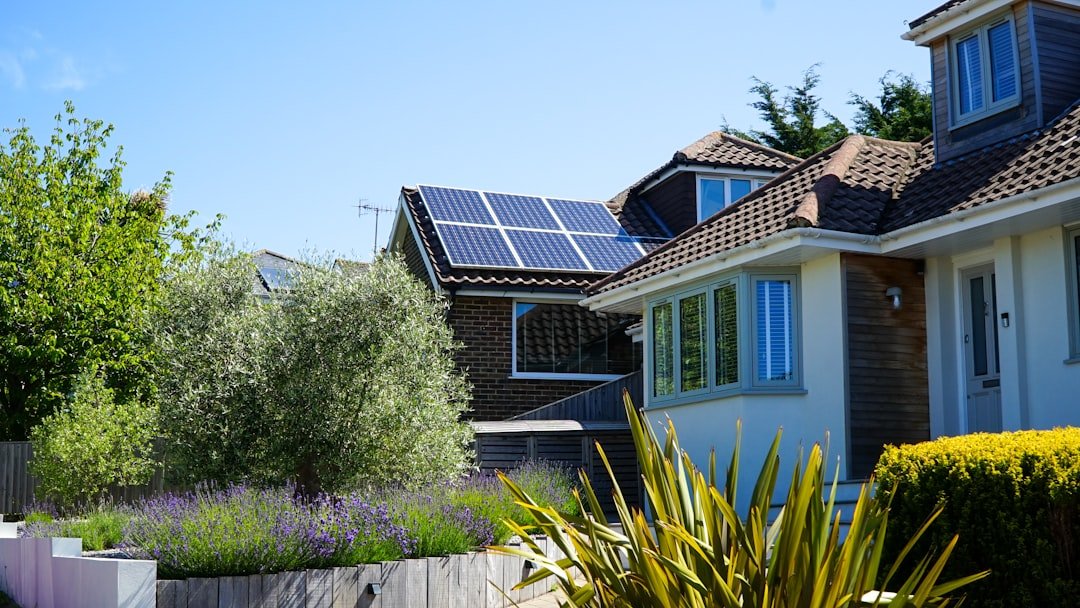
Solar panels offer an excellent way to access clean, renewable energy for your home. Energy plays a crucial role in daily life, powering everything from heating water and illuminating living spaces to preparing meals and keeping devices charged. Thus, exploring effective strategies to meet these demands makes good sense, and one smart approach to maximize the value of your solar setup involves integrating a solar storage unit.
Delve into the essentials of a solar battery in this piece, along with the advantages that come from adding it to your configuration. If you’re considering an investment in solar storage, we’ve compiled key insights to guide your decision, covering aspects like energy capacity and expenses. Continue on for a comprehensive overview!
What Is A Solar Battery?
A solar battery serves as a key component in a solar panel setup, capturing the electricity produced by the panels for later use. This stored power becomes invaluable during times when panel performance dips, such as system failures or periods of reduced sunlight.
Solar batteries hold energy in two main forms:
Direct Current – This is the raw form of energy before it reaches the inverter. Systems that offer incentives for generation might experience efficiency losses more readily in a DC setup, according to industry analyses.
Alternating Current – This represents the energy after processing through the inverter, making it compatible with household appliances and potentially reducing waste in certain grid-tied systems.
Why Is A Solar Battery Useful?
Incorporating a solar battery into your panel array delivers several practical benefits, such as:
• The option to save excess energy for future consumption, ensuring a steady supply.
• Potential earnings from feeding stored energy back into the utility network.
• Reduced monthly utility expenses through self-generated power.
• Increased self-reliance, minimizing dependence on traditional grid sources and supporting energy resilience, especially in areas prone to outages.
That said, the initial investment for these units can be a significant hurdle for many homeowners, though long-term savings often offset this over time.
How Much Does A Solar Battery Cost?
The price of a solar battery largely hinges on the manufacturer, but other elements also influence the total outlay, including:
• Battery lifespan: Units with extended durability tend to command higher prices, with some models lasting up to 10-15 years based on usage patterns.
• Energy storage volume: Greater capacity means more power on tap, which naturally escalates costs; for context, premium options can hold substantial reserves for larger households.
• The usable portion of the battery’s total capacity tailored to daily needs, often factoring in depth of discharge ratings from manufacturers.
• Construction materials and engineering quality, where advanced chemistries like lithium-ion drive up the price due to their efficiency and safety features.
How Much Energy Are You Able To Store In A Solar Battery?
Solar batteries come in a range of sizes designed to match diverse household energy profiles, with capacity typically measured in kilowatt-hours (kWh). Depending on the model selected, these systems can accommodate up to 15 kWh or more, and you can expand this further by adding modular units for growing demands.
To put this in context, common appliances like washing machines might draw around 2-3 kWh per cycle, allowing a well-sized battery to cover multiple uses. Fortunately, these solutions are highly adaptable, letting you scale storage to fit both your budget and specific requirements, such as powering essentials overnight or through extended winter evenings when daylight is scarce.
Conclusion
Although the upfront expense of a solar battery might seem off-putting at first, it ultimately boosts the overall performance of your solar installation. Beyond that, it offers versatility, enabling you to bank surplus energy for peak times or even monetize it through grid sales. By adopting this technology, households can enhance their energy autonomy, cut down on bills, and contribute to environmental sustainability—much like the growing number of Australians embracing eco-friendly practices, with solar adoption rates exceeding 3 million installations nationwide as of recent reports.




